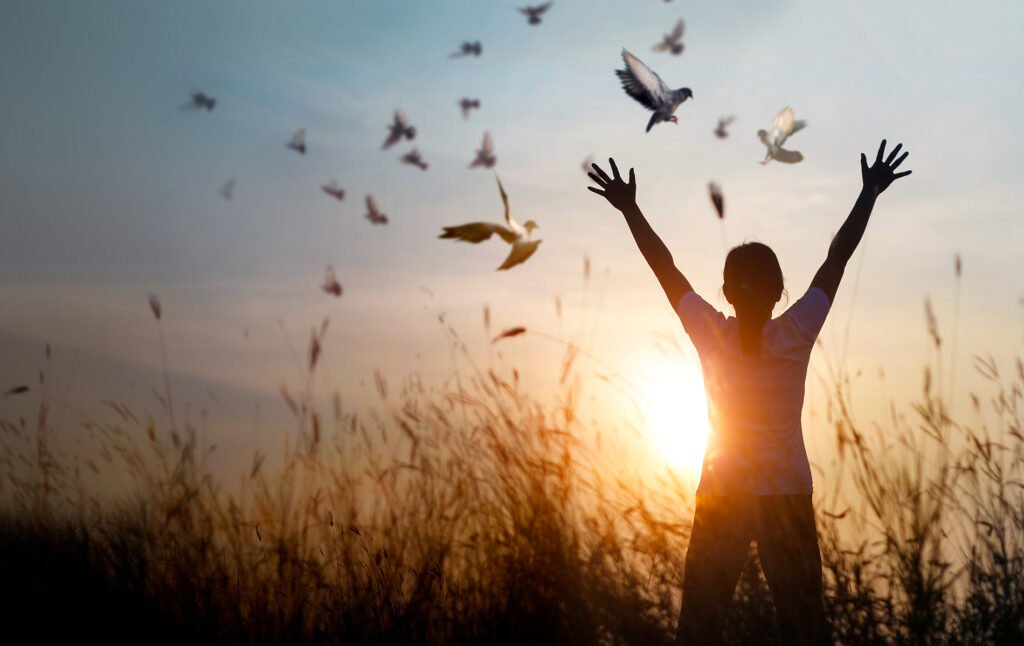In the countryside of many East-European, Asian, South America and possibly other countries as well, walking barefoot on the ground is just that. But in today Western culture is a practice. I walked barefoot my whole life without thinking about it, without planning it. When I see a patch of green, when I am near a beach, on top of the mountain, I toss away my shoes and walk.
It was only a few years ago that I found out this is called Earthing or Grounding.
What is Earthing?
Earthing or grounding is the practice of connecting the body to the earth’s surface through direct contact with the earth. This can be achieved by walking bare feet on grass, sand, or soil, or by using special grounding products that are designed to mimic the effects of walking on the earth.
A relatively new concept in modern times, earthing has been practiced in traditional cultures for thousands of years. For example:
In Ayurveda, a traditional system of medicine from India, walking bare feett on the earth is recommended to balance the body’s energy and promote health and wellbeing.
In traditional Chinese medicine, it is believed that the earth’s energy, or Qi, can be absorbed through the feet, and walking barefoot on the earth is recommended for this reason.
Native American tribes have also practiced earthing for centuries, with the belief that the earth has healing properties that can be absorbed through direct contact.
In some African tribes, it is common to walk bare feet on the earth as a way of connecting with the earth’s energy and maintaining a balanced state of mind and body.
The ancient Greeks and Romans also believed in the healing power of the earth, and would often walk bare feet on the earth or swim in natural bodies of water to promote health and wellbeing.
Why do it?
The theory behind earthing is that the earth has a negative charge, and when we come into contact with it, we can absorb some of this charge. This can help to reduce inflammation and pain, improve sleep, and boost overall health and wellbeing.
In modern times, the concept of earthing was popularized by Clinton Ober, who discovered the benefits of earthing while working on cable television systems. He observed that he felt better when he was in direct contact with the earth and went on to develop the first earthing products. Since then, the concept of earthing has gained popularity, with many people incorporating earthing practices into their daily routines.
How to put in practice?
You can try the following:
- Walk barefoot on grass, sand, or soil for whenever is possible. This is not a chore, but a pleasure. It’s reconnecting with your inner child, amusement and pure joy.
- Whenever you go at the beach, take a long walk: at sunrise and sunset you have the added benefit of aerosols. Lay on the warm sand for at least half an hour without anything in between.
- Use grounding products, such as earthing mats, sheets, or pads, which are designed to mimic the effects of walking on the earth. Only if you are in the impossibility to do it in Nature. And if that’s the case, you should consider why that’s impossible.
- Swim in natural bodies of water, such as oceans, lakes, or rivers.
- Practice yoga or other exercises outdoors on a natural surface.
- Use grounding shoes or sandals that have conductive soles.
- Forget about shoes whenever you have some walkable soil near you: in the park (no, it’s not dirty), at the beach, in the mountain.
Earthing can be done at any time, but it is particularly beneficial when done during the day, when the sun is out, and the earth is warmer. It is also recommended to practice earthing regularly to experience the full benefits.
There have been several studies conducted on the benefits of earthing, although more research is still needed.
Here are some examples:
- In a 2012 study published in The Journal of Alternative and Complementary Medicine, researchers found that grounding the body during sleep can improve sleep and reduce pain and stress.
- A 2015 study published in the Journal of Inflammation Research found that grounding can reduce inflammation and oxidative stress in the body.
- In a 2016 study published in the Journal of Environmental and Public Health, researchers found that earthing can improve heart rate variability, which is a measure of the health of the autonomic nervous system.
- A 2017 study published in the Journal of Environmental and Public Health found that earthing can improve blood viscosity, which is a measure of how easily blood flows through the blood vessels.
- A 2018 study published in the Journal of Restorative Medicine found that earthing can reduce pain and improve physical functioning in patients with chronic pain.
While these studies suggest that earthing may have benefits for human health, more research is needed to fully understand the mechanisms behind these effects and to determine the optimal practices and techniques for earthing.
It is important to note that earthing should not be used as a replacement for medical treatment.


















No Comments